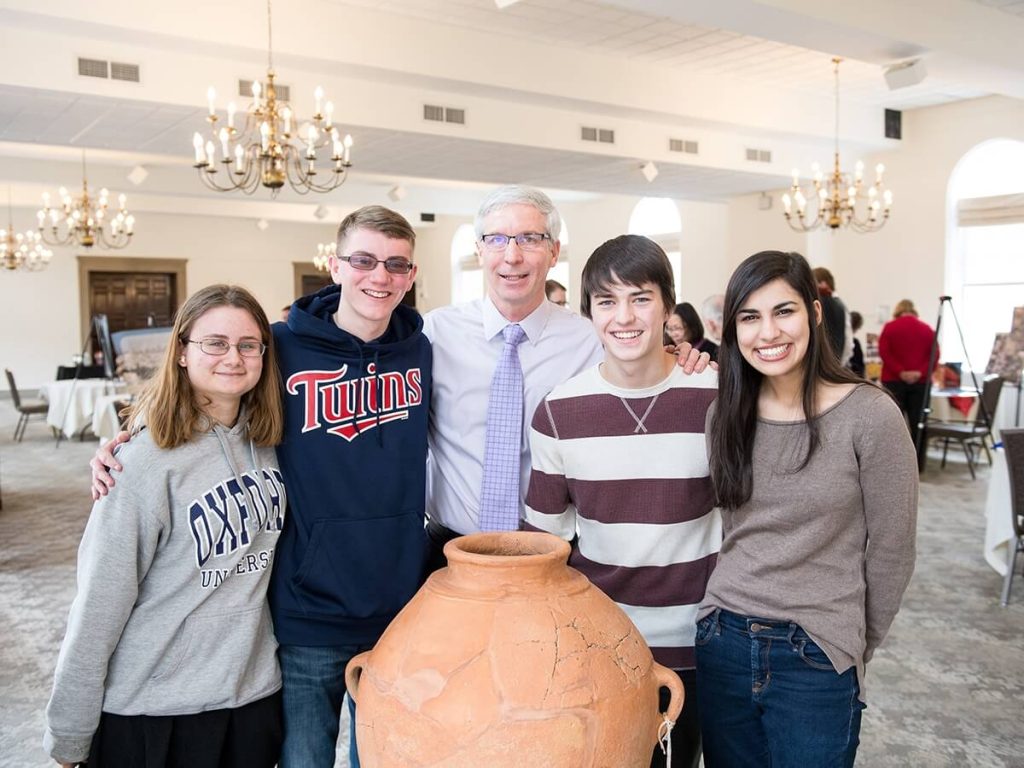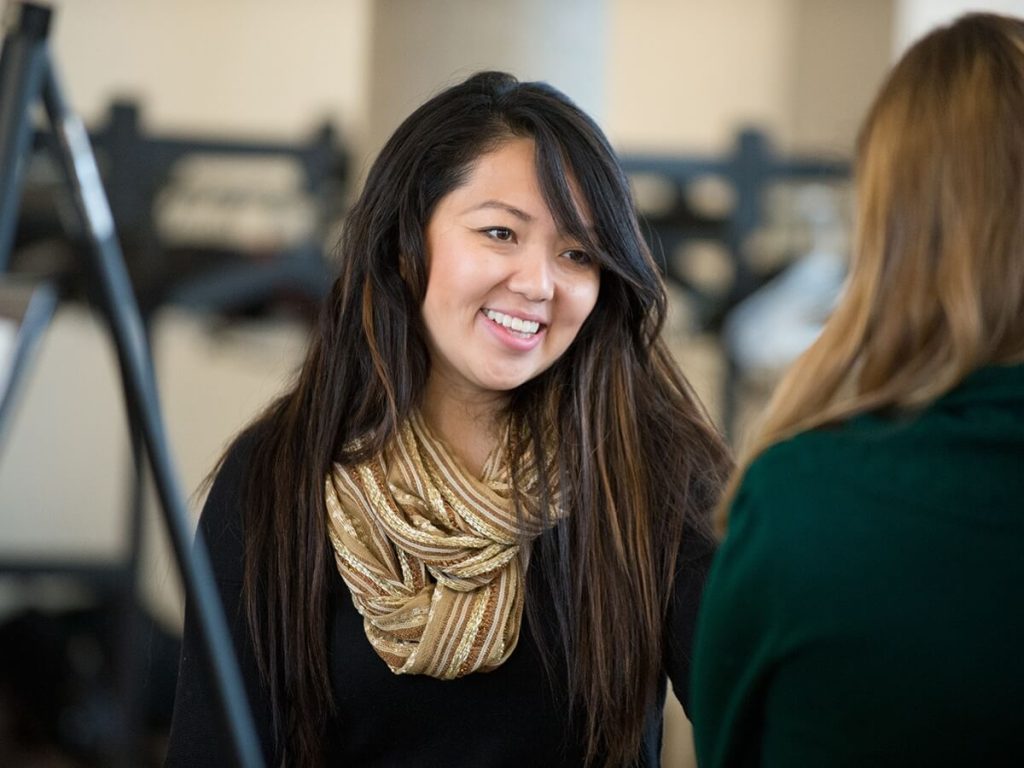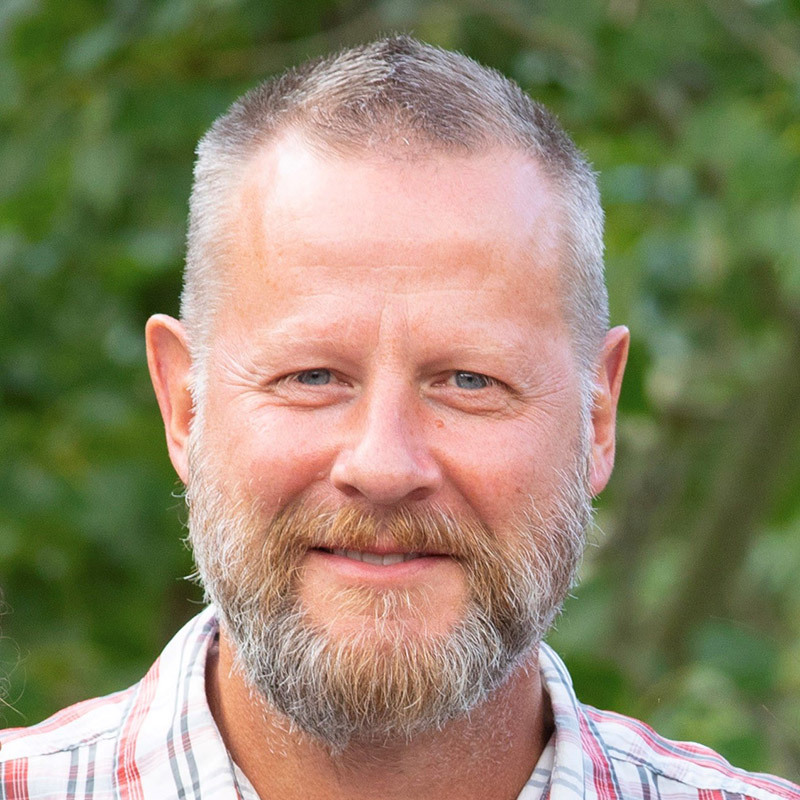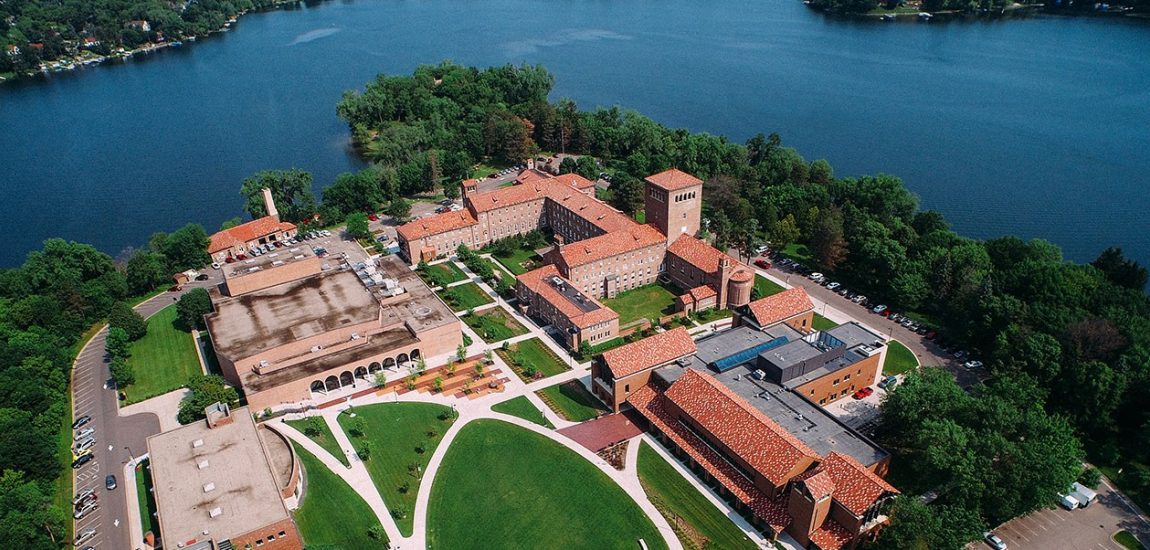About the Department
The Department of Biblical & Theological Studies will prepare you for a meaningful career that impacts and transforms lives. Engage in significant conversations, explore ideas, and learn to communicate effectively. Connect with caring and knowledgeable faculty who want to help you succeed. Follow your desire to know God better through in-depth study of the Bible. Examine philosophy through the lens of Christian theology. Grow in your faith as you develop valuable skills in research, analysis, and critical thinking. And be ready to confidently step into the future.
Majors and Programs
These degrees and programs prepare students for entry into their careers as well as top graduate programs in theological studies, philosophy, divinity, and seminary schools.
Faculty
Take the opportunity to meet your professors before you have them in class or schedule a visit.
Meet your Professor Visit UsMeet your Professors
Learn from caring and knowledgeable faculty with pastoral and academic experience. They present their research internationally, serve in local churches, publish books and articles, participate in archaeological digs, and lead study trips to biblical sites in Israel, Turkey and Greece.






